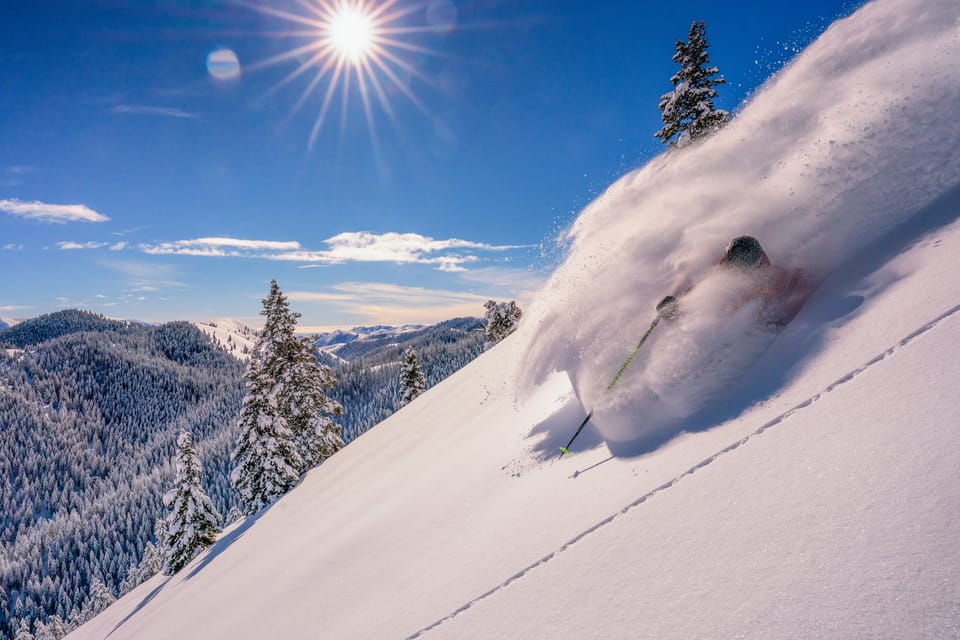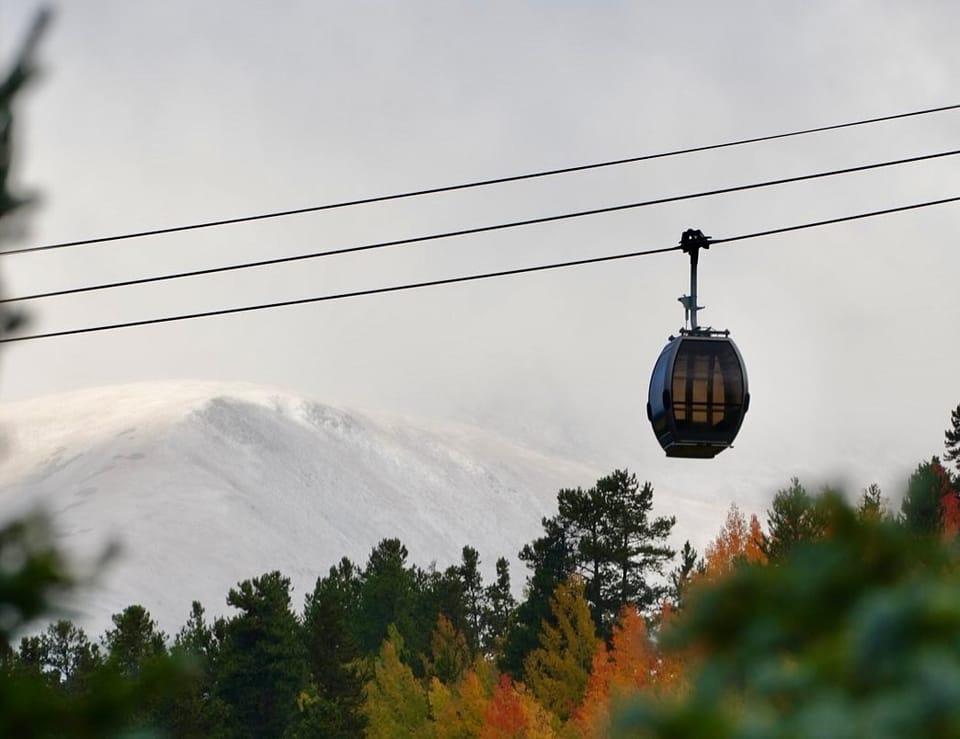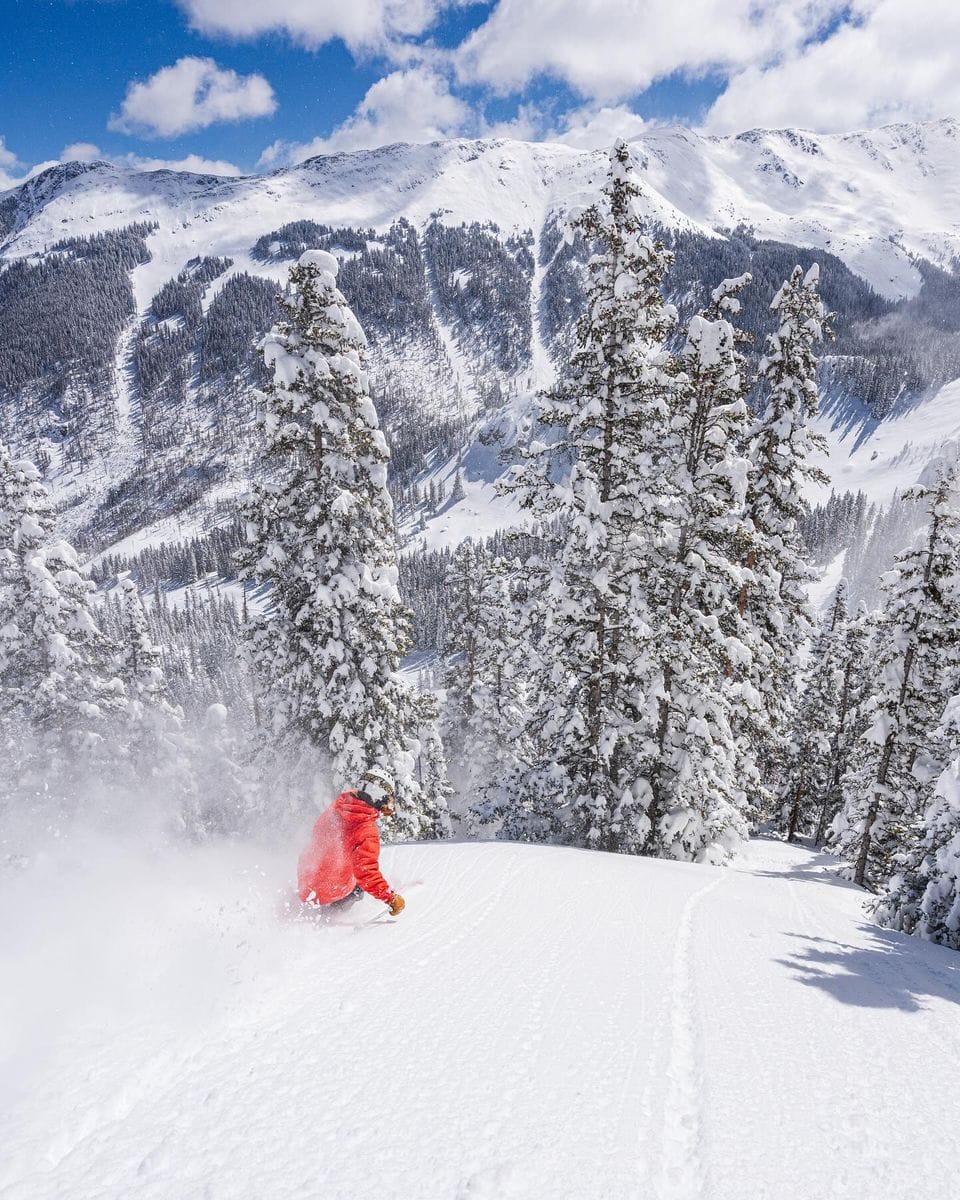Will 24-25 Be A La Niña Winter?
(Very) early forecasts are pointing to the northern hemisphere’s 2024/25 season being a La Niña winter again after El Niño dominated conditions last season.

(Very) early forecasts are pointing to the northern hemisphere’s 2024/25 season being a La Niña winter again after El Niño dominated conditions last season.
The alternating El Niño / La Niña –Southern Oscillation is a global climate phenomenon that emerges from variations in winds and sea surface temperatures over the tropical Pacific Ocean and tends to have a big impact on snow and weather conditions, particularly on countries surrounding the Pacific, but to a lesser extent much of the rest of the world too.
El Niño and La Niña can be at varying intensities or finely balanced between the two. Last winter’s strong El Niño saw very dry conditions in western North America for the first half of the ski season, although conditions did improve in the latter half, but that was too late for some centres.
The 2020–2023 La Niña event was a rare three-year, triple-dip La Niña which culminated with huge snowfalls in Western North America, with some resorts staying posting record snowfall totals and 0thers remaining open through to August last year.
“Whereas El Niño might risk warmer air turning snowfall to rain, La Niña tends to promise just the opposite, so we’re super excited about the effects of La Nina on the coming ski season,” said Richard Sinclair of ski holiday travel agency SNO who added, “The biggest impact tends to be in North America where the best deals each season are for early bookers, so we’re advising clients to book now.”
The early and at this stage uncertain 24-25 season forecast comes from the Japan Meteorological Agency, where volumes of the famous “Japow” powder snow are impacted by La Niña or El Niño too.
During La Niña years, Japan also experiences cooler and wetter conditions in winter, which can influence weather patterns and potentially affect, apart from the ski industry – agriculture and fisheries.
"The colder temperatures associated with La Niña have coincided with some of Japan's best ski seasons. A cruel irony during the pandemic when Japan's borders were closed, was that incredible snowfall was recorded across 2 exceptional La Niña winters," said Lindsay Colbert, Managing Director of Japan Ski Experience, who added, "In contrast January and February 2024 saw unseasonal warming that was attributed to the opposite weather pattern, El Niño, by the Japan Meteorological Agency. Broadly speaking, La Niña occurs when sea surface temperatures from the central to the eastern equatorial Pacific fall below average for a period of 5 months. In June 2024 they fell by 0.2°C from May with a deviation of -0.2°C, and the JMA predict that this pattern will strengthen, providing a 60% chance of La Niña and 40% chance of ENSO-neutral conditions by Autumn."




